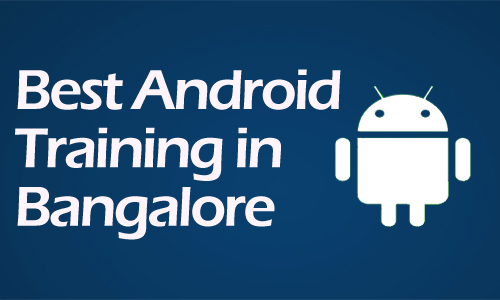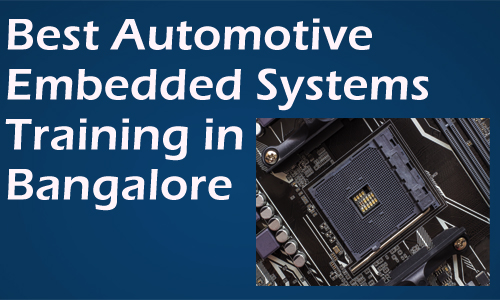Java J2EE Training in Bangalore
Java J2EE Training program at SDLC is designed to give participants the skills & knowledge to gain a competitive advantage in starting / enhancing a career in Java J2EE industry. Participants receive up-to-date training in multiple areas in Java J2EE and a thorough understanding of real-world projects.
Creational Design Pattern
– Factory Pattern
– Abstract Factory Pattern
– Singleton Pattern
– Prototype Pattern
Structural Design Pattern
– Adapter Pattern
– Composite Pattern
– Decorator Pattern
– Facade Pattern
Behavioral Design Pattern
– Chain Of Responsibility Pattern
– Command Pattern
– Interpreter Pattern
– Iterator Pattern
– Mediator Pattern
– Memento Pattern
Observer Pattern
- State Pattern
- Strategy Pattern
- Template Pattern
- Visitor Pattern
Advanced JAVA EE – Web & Business Components Development
SERVLETES
Servlet Overview
Life cycle of Servlet
Handling Client HTTP Request & Server HTTP Response
– Practical (Hands-on Working Examples)
Initializing Parameters & ServletContext
– Initializing a Servlet
– ServletContext initialization Parameters
– ServletContext Attributes (Context binder)
– Practical (Hands-on Working Examples)
Session Management, Request Dispatcher & Redirecting Practical
– Hands-on Working Examples
JSP
Overview of JSP
JSP Architecture & life cycle
Components of Java Server Pages Practical
– Hands-on Examples
Implicit Objects & Standard JSP Tags Practical
– Hands-on Working Examples
Scope of JSP objects Practical
– Hands-on Working Examples
HIBERNATE:
Why Object Relational Mapping (ORM)?
What is ORM?
Java ORM Frameworks
Hibernate Overview
Hibernate Advantages
Supported Databases
Supported Technologies
Hibernate Architecture
Configuration Object
Session Factory Object
Session Object
Transaction Object
Query Object
Criteria Object
Hibernate Environment
Downloading Hibernate:
– Installing Hibernate
– Hibernate Prerequisites
– Hibernate Configuration
– Hibernate Properties
– Hibernate with MySQL Database
– Hibernate Sessions
– Session Interface Methods
– Hibernate Persistent Class
A simple POJO example:
– Hibernate Mapping Files
– Hibernate Mapping Types
– Primitive types
– Date and time types
– Binary and large object types
– Association Mappings
– Hibernate Many-to-One Mappings
– Define RDBMS Tables
– Define POJO Classes
– Define Hibernate Mapping File
– Compilation and Execution
– Hibernate One-to-One Mappings
– Define RDBMS Tables
– Define POJO Classes
– Define Hibernate Mapping File
– Compilation and Execution
– Hibernate One-to-Many Mappings
– Component Mappings
– Hibernate Component Mappings
Hibernate Annotations
Environment Setup for Hibernate Annotation
Annotated Class Example
Hibernate Query Language
– FROM Clause
– AS Clause
– SELECT Clause
– WHERE Clause
– ORDER BY Clause
– GROUP BY Clause
– Using Named Parameters
– UPDATE Clause
– DELETE Clause
– INSERT Clause
Hibernate Native SQL
– Scalar queries
– Entity queries
– Named SQL queries
– Native SQL Example
Compilation and Execution
Hibernate Caching
– First-level cache
– Second-level cache
– Query-level cache
– The Second Level Cache
– Concurrency strategies
– Cache provider
– The Query-level Cache
SPRING:
Introduction to Spring Framework
– What is Spring Framework
– Benefits of Spring
– The Spring architecture
– IOC – Inversion of control, wiring beans
– Bean containers, lifecycle of beans in containers
AOP (Aspect Oriented Programming)
– AOP concepts
DAO support in Spring
– Data access using JDBC, JdbcTemplate
– SimpleJdbcTemplate
Spring MVC framework
Spring Security
– Drawbacks of Spring Acegi Security
– What is Spring Security?
– Spring Security Features
– Spring Security Levels
– Spring Security Advantages
– Spring Security Sub-Modules
Spring Transaction Management
Basic of spring Boot
Advance Java Design Patterns:
MVC
MVVM
MVW
SPA
REST-Web Services Tutorial
Web Service Tutorial
What is Web Service
WS Components
Technology:
Databases :SQL Server or Oracle 10/11/12C, MySQL
IDE : Eclipse or Netbeans, MyEclipse
Servers : Tomcat or Web Logic, JBoss
Weekend Classes: Avaliable
Online Training: Avaliabe
Regular Batch: 2Hours Per Day
Fastrack Batch: 2-3 Per 10Days
Free Demo Is Avaliable



